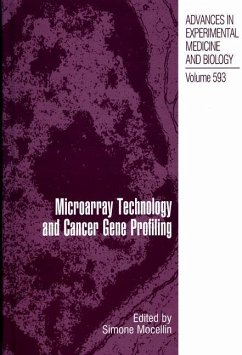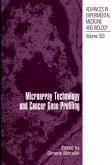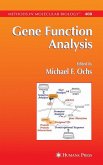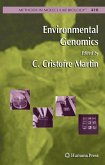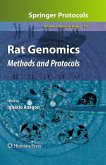Cancer is a heterogeneous disease in most respects, including its cellularity, different genetic alterations and diverse clinical behaviors. Traditional molecular analyses are reductionist, assessing only one or a few genes at a time, thus working with a biologic model too specific and limited to confront a process whose clinical outcome is likely to be governed by the combined influence of many genes. The potential of functional genomics is enormous, because for each experiment, thousands of relevant observations can be made simultaneously. Accordingly, DNA array, as other high throughput technologies, might catalyze and ultimately accelerate the development of knowledge in tumor cell biology. Although in its infancy, the implementation of DNA array technology in cancer research has already provided investigators with novel data and intriguing new hypotheses on the molecular cascade leading to cancerogenesis, tumor aggressiveness and sensitivity to antineoplastic agents. Given the revolutionary implications that the use of this technology might have in the clinical management of cancer patients, principles of DNA array-based tumor gene profiling need to be clearly understood for the data to be correctly interpreted and appreciated. In the present book, written by leading experts in each field, the technical features characterizing this powerful laboratory tool are discussed, and the applications so far described in the field of oncology are reviewed.

